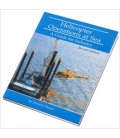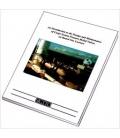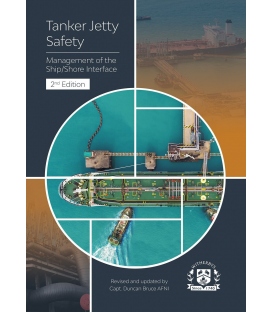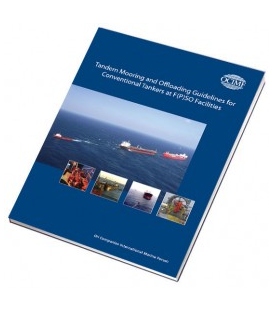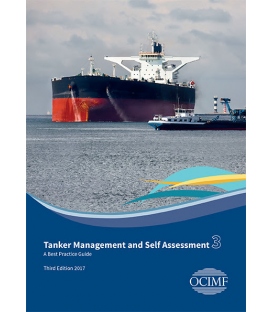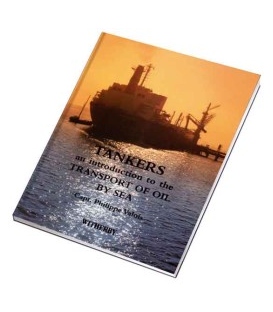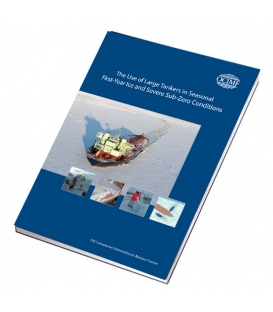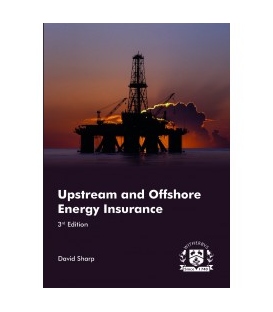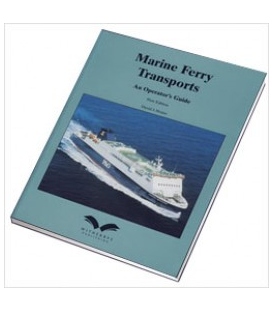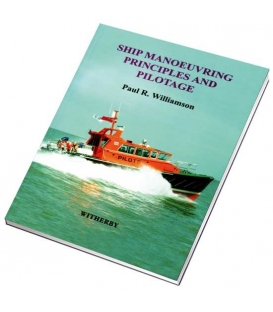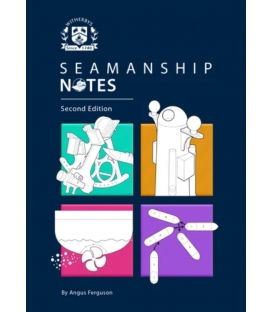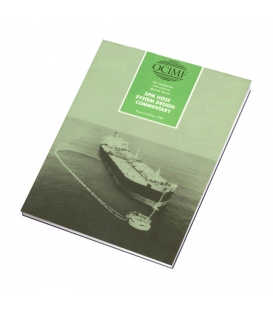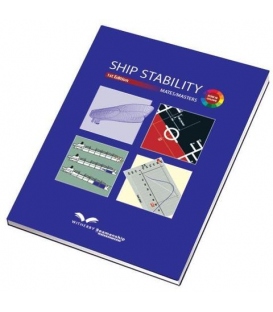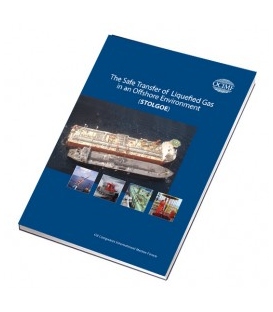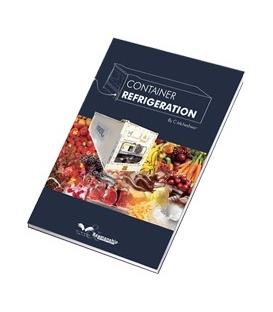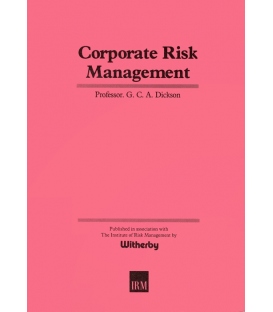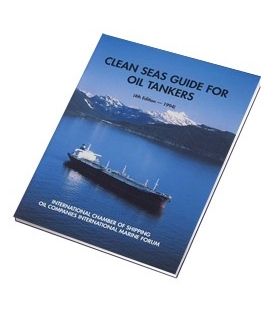


Sign up for our Newsletter
Hawser Test Report.
Covers the first in depth tests to determine the actual new and used strengths and rate of strength reduction of large synthetic ropes, similar to those used as SBM/SPM Mooring Hawsers.
This book provides a complete description of the first major large rope testing programme. This was undertaken to determine new and used strengths and the rate of strength reduction for large synthetic ropes, similar to those used as SPM Hawsers. All of the test data and analyses are included, together with conclusions and recommendations.
1. Introduction
2. Summary
Test New Programme Description
New Breaking Strengths
Cycles To Failure
Elasticity And Other Observations
Used Hawser Test Results
Principal Recommendations And Conclusions
Part 1 Test Data
3. General Description Of Rope Tests
Test Specimens
Test Equipment
Test Plans And Procedures
4. Small Rope Test Results
Straight Break Tests, Series 1a
Special Cyclic Load Tests, Series 1b
Single Leg Cyclic Load Tests, Series 1c
Strop Cyclic Load Tests, Series 1d
Pseudo Random Cyclic Load Tests, Series 1e
5. Large Rope Test Results
Straight Break Tests, Series 2a
Single Leg Cyclic Load Tests, Series 2c
Strop Cyclic Load Tests, Series 2d
Pseudo Random Cyclic Load Tests, Series 2e
Part 2 Data Analysis
6. Analysis Of New Rope Strengths
Comparison Of Ndbs With Rated Strength
Statistical Variation Of New Strength
Choice Of 5% As Standard Denation
Choice Of Ndbs For Data Analysis
Wet Strength Factor
Strop Efficiency Factor
7. Analysis Of Cycles To Failure
Small Single Leg Data
Large Single Leg Data
Small And Large Strop Data
Influence Of Rope Size
Cycles To Failure Of Wet Rope
Statistical Variation
Recommended Cycles To Failure Line
Precautions On Using This Technique
8. Analysis Of Residual Strength
Residual Strength Formula
Residual Strength Statistical Variation
Small Single Leg Data
Large Single Leg Data
Residual Strength Surface
9. Analysis Of Cumulative Strength Reduction
The Residual Strength Method
Example Residual Strength Calculation
Two Similar Test Cases
Other Test Cases
Residual Strength Method Of Promising But Not Proven
Further Investigation Of The Method Is Necessary
10. Analysis Of Elasticity
Used Rope Elasticity
Change In Elasticity With Cycling
Change In Elasticity At Various Load Levels
Elongation At Failure
Other Elongation Observations
11. Other Analysis And Observations
Location Of Single Leg Breaks
Location Of Strop Breaks
Physical Appearance Of Rope Before Break
Physical Appearance After Break
Noises Made During Cycling
Trajectory Of Broken Rope
Rate Of Loading
Temperature Measurements
Part Iii Used Hawser Tests
12. Used Hawser Testing
Selection Of Used Hawsers For Testing
Mooring Load Records
General Test Procedures
Test Results
13. Used Hawser Test Details
Test 3-1 Hawser Description
Test 3-1 Results
Test 3-2 And 3-4 Hawser Description
Test 3-2 And 3-4 Results
Test 3-3 Hawser Description
Test 3-3 Results
Test 3-5 Hawser Description
Test 3-5 Results
Test 3-6 Hawser Description
Test 3-6 Results
14. Analysis Of Used Hawser Results
Pretest Inspection
Other Causes Of Failure
Cycles To Failure Analysis
Residual Strength
Part Iv New Hawser Strength
15. New Hawser Strength
Large Hawser Strength May Be Less Than 80% Of Rated Strength
Strength Of Large Hawsers Can Be Improved
Strength Of 6% Below Average Has 10% Probability
Standard And Inspection Procedures Should Be Developed
New Strop Strength Efficiency Factor Is 1.7
New Wet Strength Factor Is 80% For Nylon
16. Strength And Life Of Used Hawsers
Cycles Of Failure May Be Represented As Logarithmic Function
Broken-In Nylon Ropes Lose 10% Strength When Wet
Statistical Variation Of Cycles To Failure Is Large
Residual Strength Is Non-Linear Function Of Cycles
Cumulative Strength Reduction May Be Predicted
Life Of Strops And Single Leg Ropes May Be About Same
17. Future Investigation
Extension Of Ctf Line To Low Load Levels
Effect Of Soaking On Wet Strength And Life
Comparison Of Various Nylons
Comparison Of Other Materials And Constructions
Development Of Q.C. And Inspection Criteria
Field Measurements And Hawser Residual Strength Tests
Appendices
A Description Of Test Equipment
Short Rope Test Machine (Srtm)
Short Large Rope Test Machine (Slrtm)
Long Large Rope Test Machine (Llrtm)
Recording System
B Balance Of Loads Between Core And Cover
Introduction – Two Sources Of Unbalanced Loads
Summary- Unbalanced Load Much More Significant In Short Ropes
Unequal Lengths, Linear Strengths
Unequal Lengths, Nonlinear Springs
Potential Force Imbalance Is Greater For Shorter Ropes
Unbalanced Load Due To Change In Stiffness, Linear Springs
Unequal Elasticities Due To Stiffness Of Splice, Nonlinear Springs
Load Imbalance Due To Stiffening Is Independent Of Load Level
Relative Movement At Transition Of Stiffness
Movement At Junction Essentially Independent Of Length Of Rope
C Analysis Of The Werth Small Rope Test Results
Test Specimens
Test Procedures And Program Description
Analysis Of Double-Braid Rope Data
Analysis Of Eight-Strand Rope Data
Comparison Of Eight-Strand Polyester And Double-Braid Nylon
Other Analysis Of Werths Strop Data
D Other Research On Strength Reduction Of Synthetic Ropes
Comparison Of “Wet” And Dry Cyclic Load Tests
Discussion Of Van Leeuwen Test Results
Discussion Of Bitting Rope Test Results
Bunsell Type Fiber Fatigue
The Nylon Rope Ctf Curve May Be S Shaped
Appendix D References



